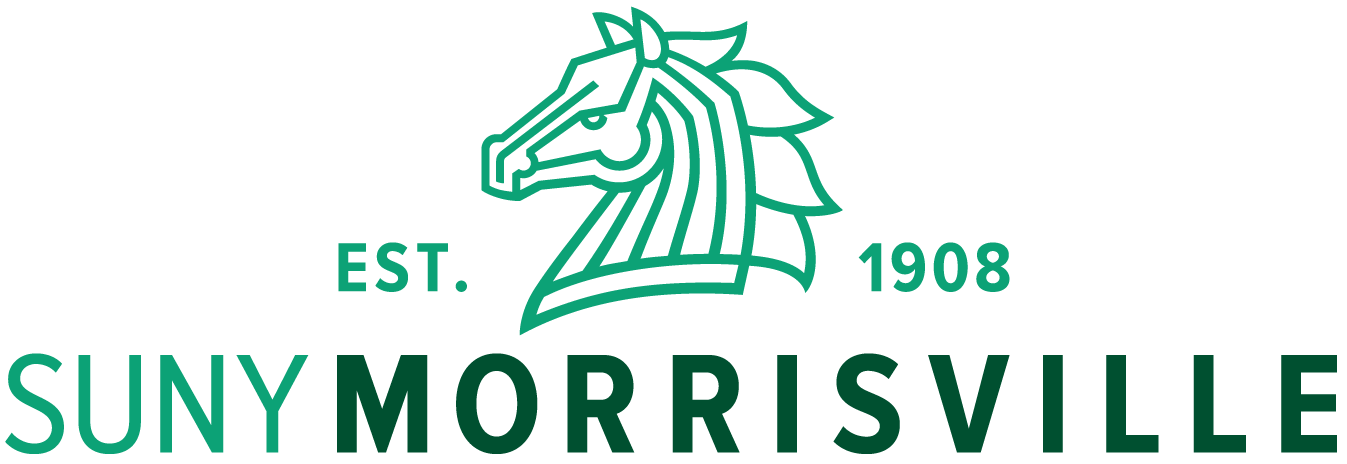What is Web Accessibility?
The World Wide Web Consortium defines web accessibility as the design and development of websites, tools and technologies so that people with different abilities can use them.
Tips for Creating Accessible Web Content
- Use descriptive page titles, instead of ambiguous titles like Home, Staff, Contact, etc.
- Outline your content to determine your headings and subheadings (H1, H2, H3). Your H1 will always be the title of the page.
- Do not use raw URLs or “click here” in your links. Instead, use phrases that provide context to the linked content.
- Images intended to supplement or replace text content require you to use alt text, describing how the image relates to the page content.
- High-contrast colors are important. Do not change the default heading and text colors, as they have been created with this in mind.
- Any video content must have captions. If you need help captioning your video content, contact Disability Services for assistance.
- PDFs must follow the same rules as web content, with links, alt text, and selectable text. Do not upload documents that have been scanned, as these are flat files inaccessible by a screen reader.
writing content in word? be careful!
Copying and pasting directly from Microsoft Word into the web content editor can cause formatting issues with headings and lists. First clear the formatting by pasting content into Notepad before copying and pasting it into the web content editor.
